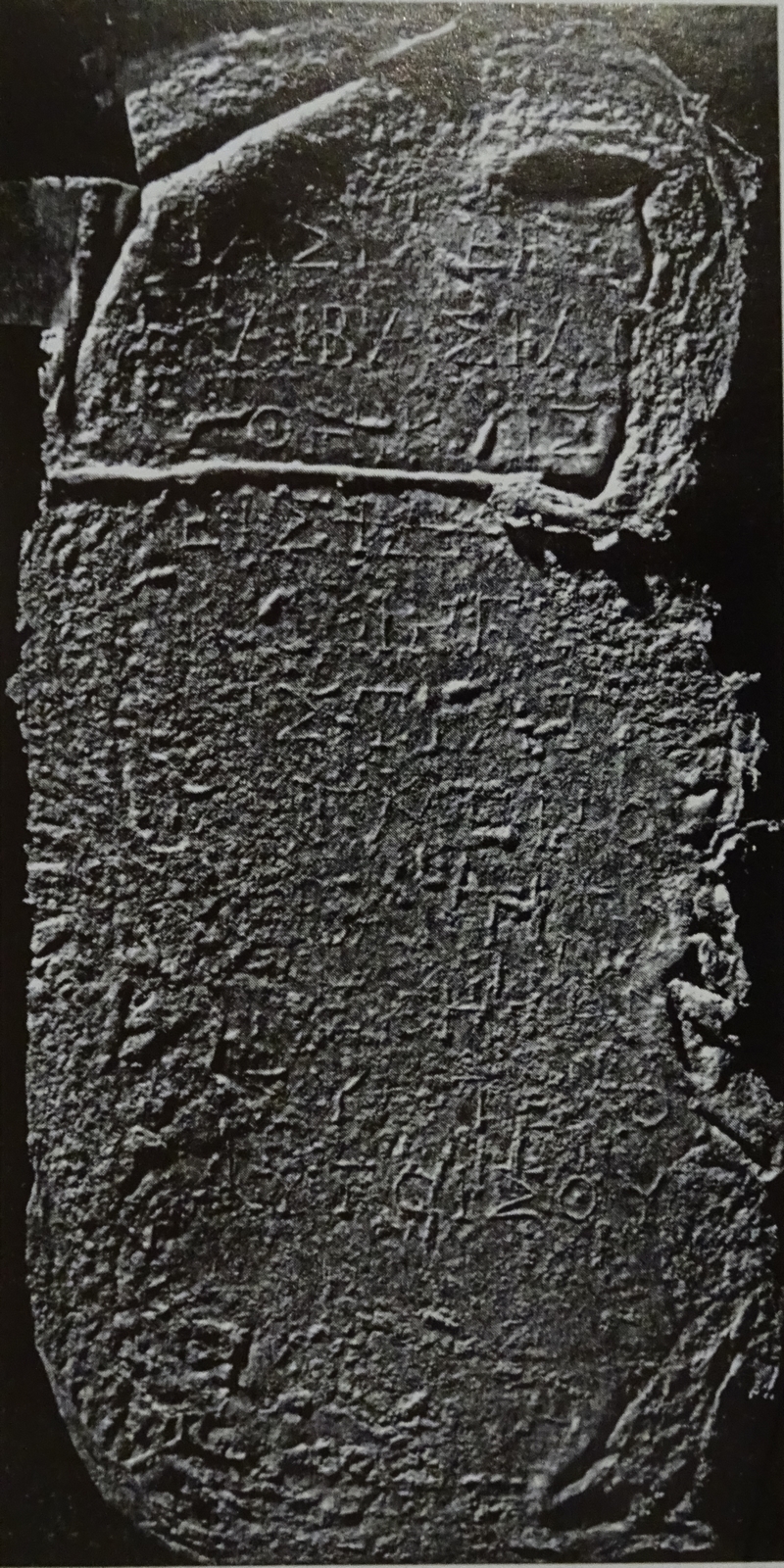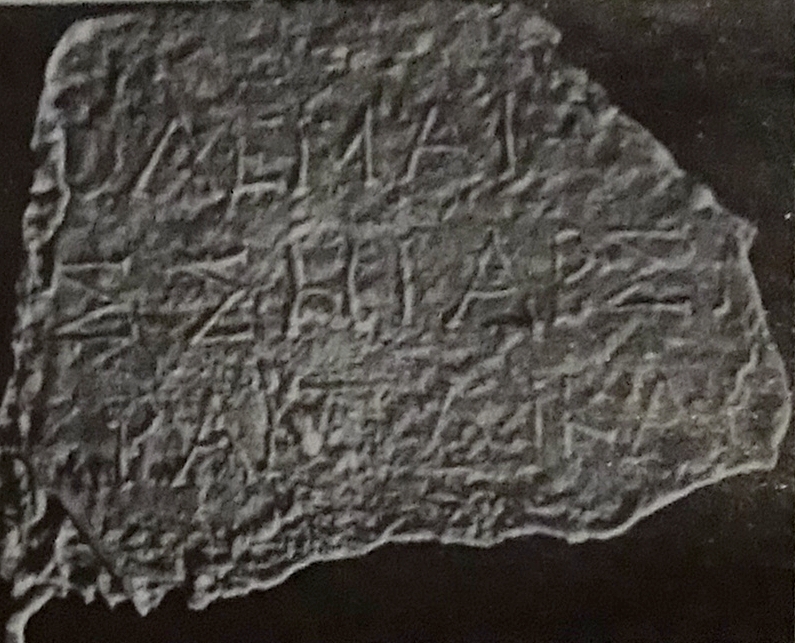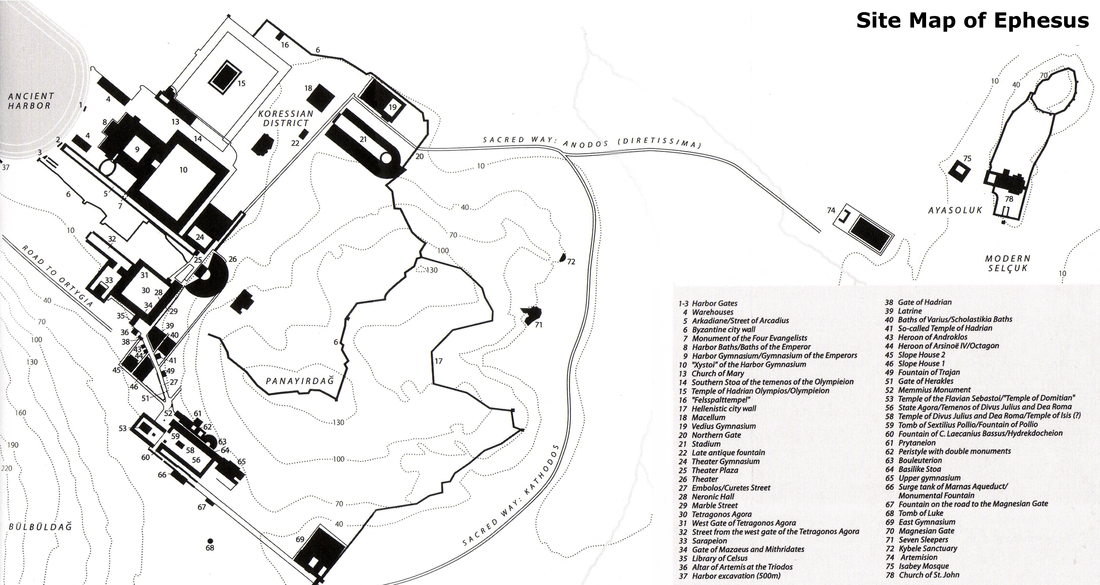The inscription belongs to a marble cylindrical altar dedicated to King Ptolemy IV, Queen Arsinoe III, Sarapis and Isis by the Ptolemaic garrison, which occupied the acropolis at Ephesos. The altar was probably part of a sanctuary of the Egyptian gods established by the garrison. The strong link between the royal and the divine couple is consistent with the documentation about Ptolemy IV after his victory against Antiochos III at Raphia (217 BC). The fragments of the altar were subsequently reused in a house of the Roman period (Hanghaus 2), located N of the acropolis.
Permanent ID
http://s.phrc.it/phrc001Images:
Photos 1-2: squeezes of the two fragments, from Bricault 2014, fig. 1-2
Photo 3: plan of ancient
Ephesos 






